How Does a Geothermal Power Plant Work?
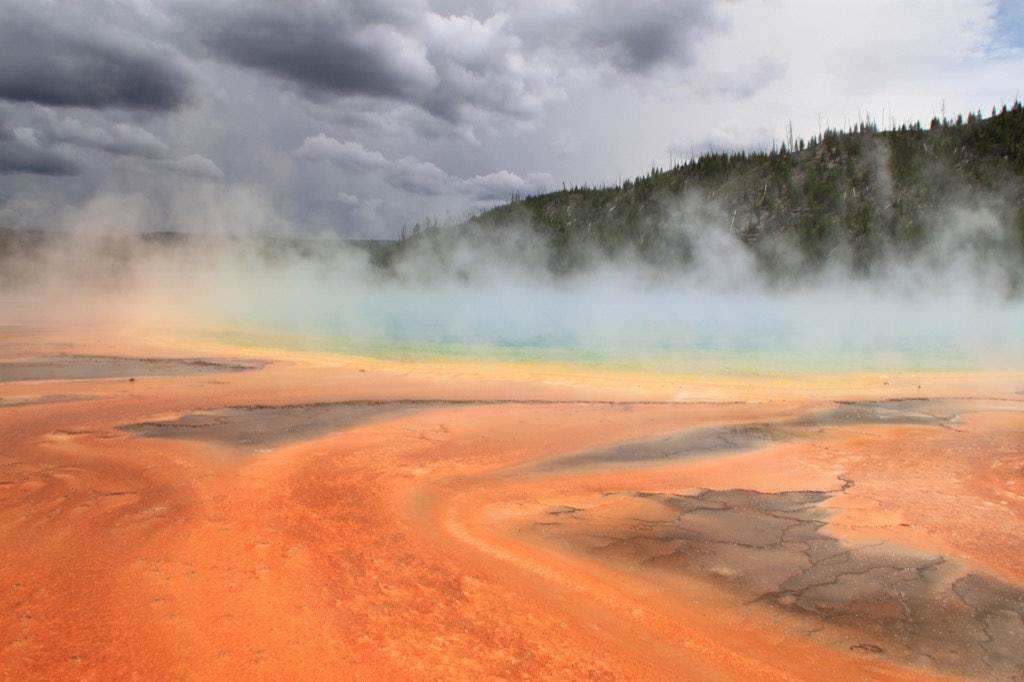
What is Geothermal Energy?
Geothermal energy capture is accomplished by using a large turbine. The turbine spins and delivers energy to the generator the expansion of hot fluids from inside the Earth create steam. Sometimes, a secondary working fluid expands from the heat introduced from the ground, in order to deliver rotational or mechanical energy to the turbine blades. Heat is converted to electricity through electromagnetic induction.
Energy from the ground becomes an electrical power in the process. Electricity must then get to the power lines. To get this to happen, a transformer is placed somewhere downstream of the generator, often outside the power plant, so that electrical current can reach homes, offices, and other customers.
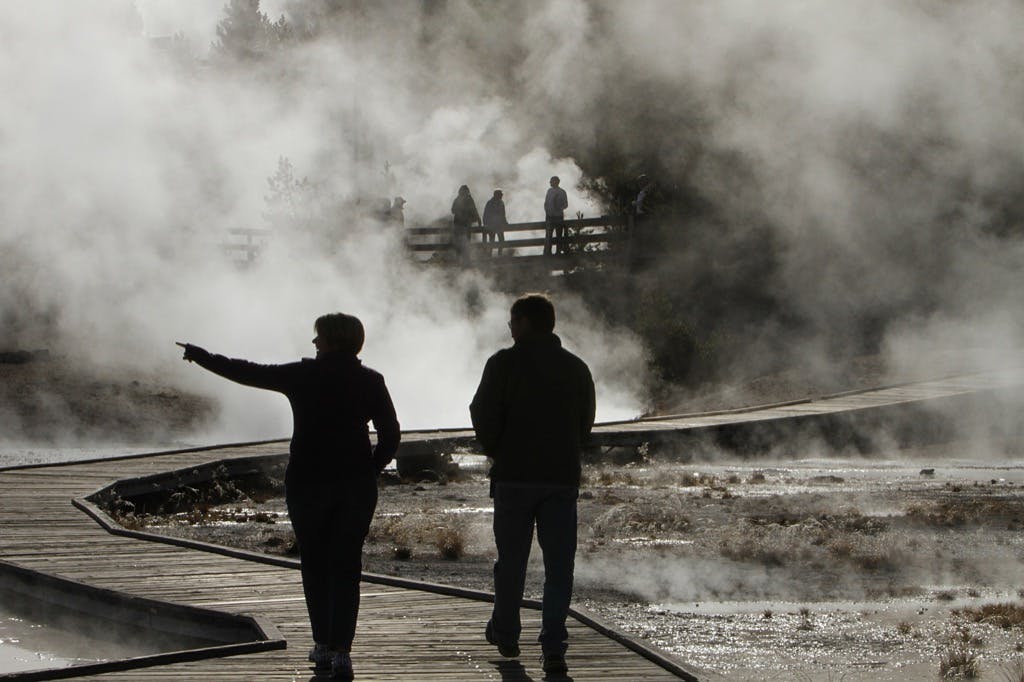
How Geothermal Plants Differ from Other Power Plants
The main difference is that additional heat is not needed. Geothermal reservoirs deep underground heat water that seeps down from above, and then rises, due to a natural process called hydrothermal convection. Therefore, no boilers or heating fuel is needed. Extracted water is generally in the 220 to 600°F range. Plants also have rock catchers. Hot fluids are not the only elements that may surge up the well. Substantial damage can occur if rocks reach the steam turbines, making the plant inoperable. So, they often install filtration systems.
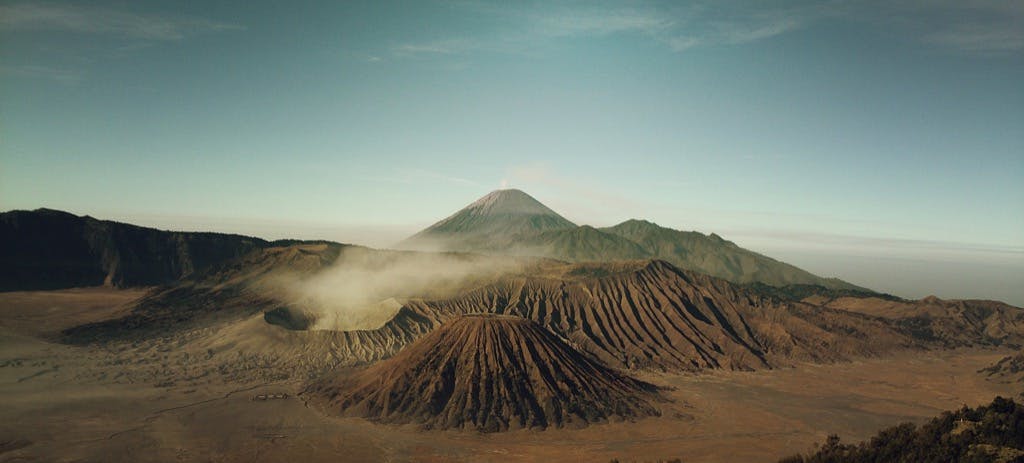
Function of Different Types of Geothermal Plants
- Dry Steam: The plant taps into reservoirs of water-vapor located underground. Production wells deliver steam of at least 300°F to a turbine. Although the rarest type of geothermal power plant, it is the oldest. One was built in 1904 in Italy. The current plants in the U.S. are located in California.
- Flash Steam: Water up to 360°F is instantly vaporized inside the flash tank, lowering the pressure and causing turbines to move. Built in 1958, the first flash steam plant was in New Zealand, and is the most common type of geothermal plant today.
- Binary Cycle: Running with water temperatures as low as 135°F, binary cycle plants use a binary fluid, which flashes to steam when it comes in contact with the reservoir water’s thermal energy. The fluids never mix. Instead, a heat exchanger allows the thermal energy to be exchanged. Ground water is then injected back into the ground to regain the thermal energy lost. This variant is gaining popularity because geothermal resources with moderate water temperatures are more common.

Geothermal and Cogeneration
The efficiency rates of geothermal power plants are generally low. They are never more than 23 percent, and sometimes as low as 10 percent. However, the operational costs of a facility are not affected because it does not depend on fuel. Plus, byproducts such as exhaust heat, warm water, and others contain thermal energy can be used helps to increase actual efficiency.
Another means to tap this energy is to use ground-source heat pumps. Year-round, temperatures not far below the surface of the ground are about 50°F. Air or antifreeze can be pumped through pipes that go where these temperatures are found and return to buildings where it can be re-circulated. Heat can be removed from buildings in the summer, and drawn in during the winter.
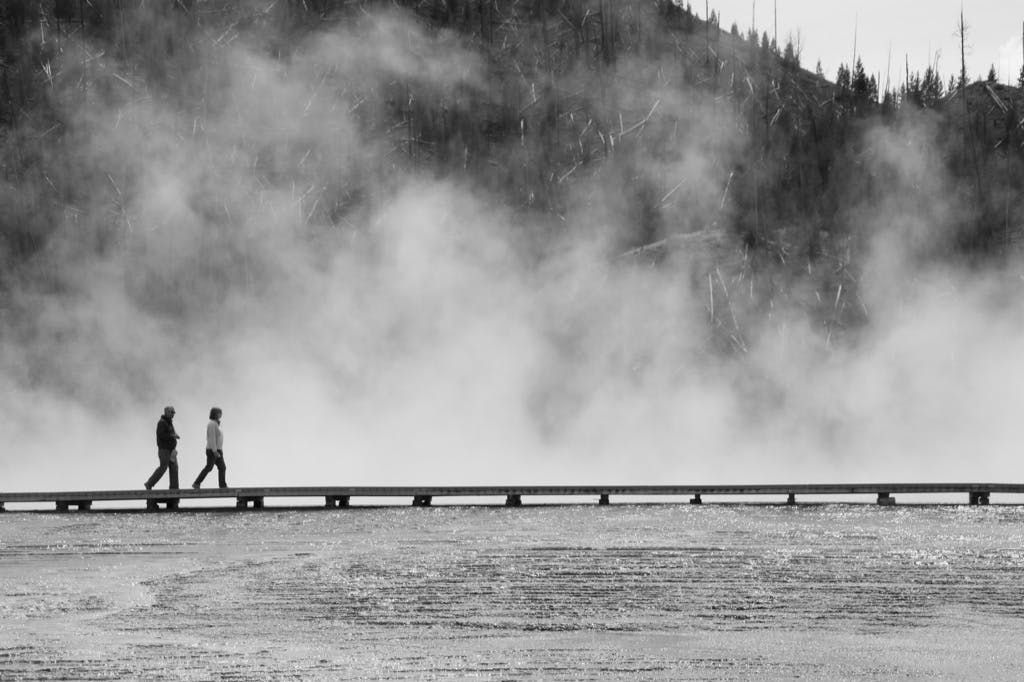
Preparing Water for Re-Injection
There are three main processes to cool water after it is used. Water cooling is the most efficient way to manage super-heated steam. There may be minerals and other solids in the fluid that need to be filtered out; otherwise, the strain on the heat exchanger will lead to more maintenance. A condensing system consists of a hot well, tube sheets, flanges, and a water inlet and outlet. Steam and vapor leaving the turbine are condensed back into water in this heat exchange system.
Air cooling generally requires a larger footprint, compared to water cooling, but is often considered a better choice if enough water isn’t available. An air to liquid heat exchanger uses ambient air, while a fan increases the flow of air over the system. It works like a car radiator. Proper design and installation in the right environment mean air cooled condensers require power only for the fan.
If the plant operates in a cool climate that is relatively dry, hybrid cooling may be used if cooling water is available in some capacity. Evaporative cooling systems use air and water to extract the heat. The advantage is less water is needed. Such cooling towers allow air to flow over the water. This triggers a reaction in which the cooling water evaporates and the steam leaving the turbine condenses to a liquid. Extra water is needed to make up for that which evaporates but is generally less than 5 percent of the complete flow volume.
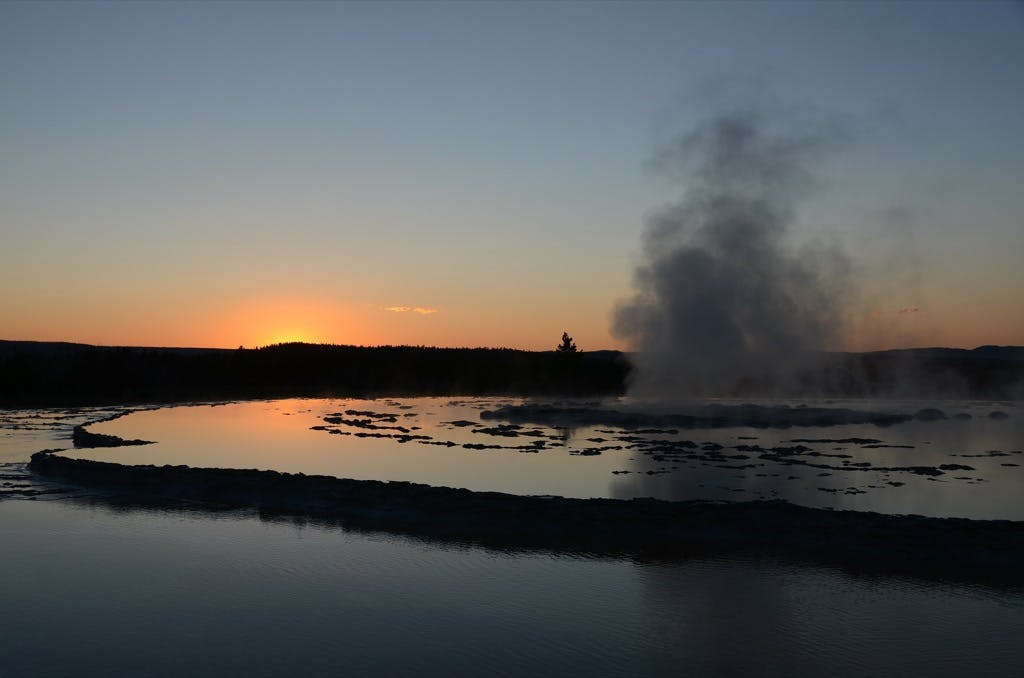
Where to Acquire Geothermal Energy
A geothermal power plant can only function where there is heat below it. This is typically in a seismically active area, where steady supplies of heat can be found from just below the surface to thousands of feet down. In the United States, the most favorable areas for geothermal heat lie in the west, mostly along the western fringes of the Rocky Mountains. Plants that use milder heat for direct heating draw resources from closer to the surface, and don’t necessarily need to be near volcanoes, geysers, and other hot spots.
Enhanced Geothermal Systems can capture energy from a more diverse range of rock formations, but it is in a development phase, unlike traditional geothermal power. In 2013, demonstrations of the technology generated electricity in the U.S. and Australia. The U.S. National Renewable Energy Laboratory study noted the high potential for conventional hydrothermal sources; its research also found that hot dry rock resources can supply an equal amount of power of more than the current electrical needs of the nation.
Sources:go-green-solar-energy.com, energyinformative.org, Energy.gov, Open EI, USC USA
